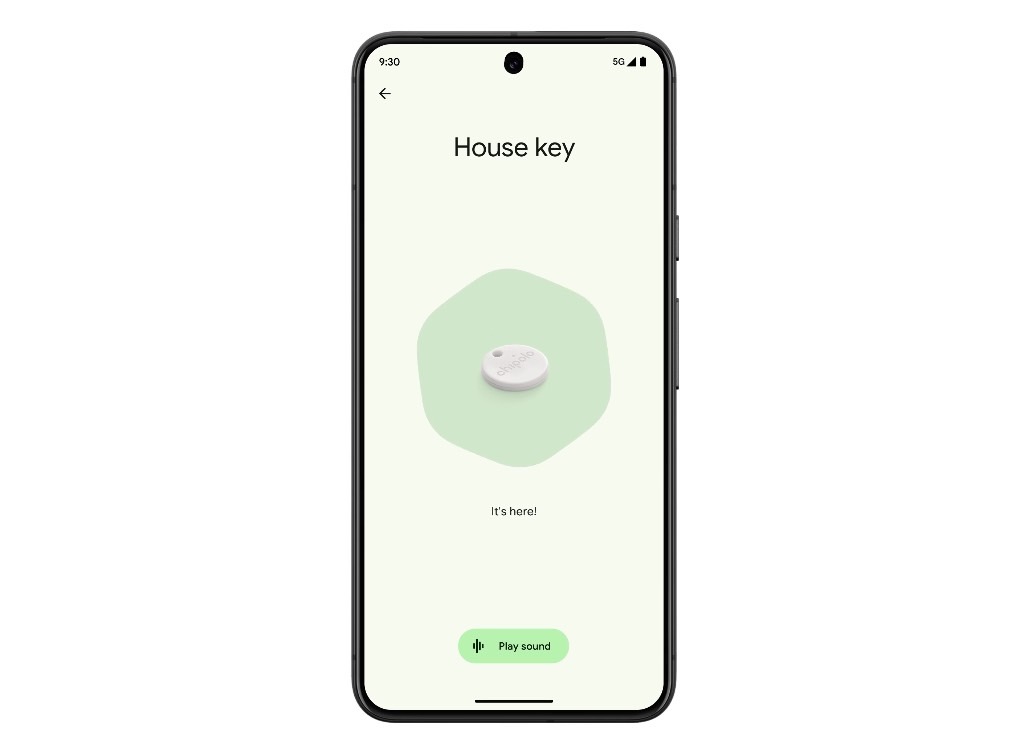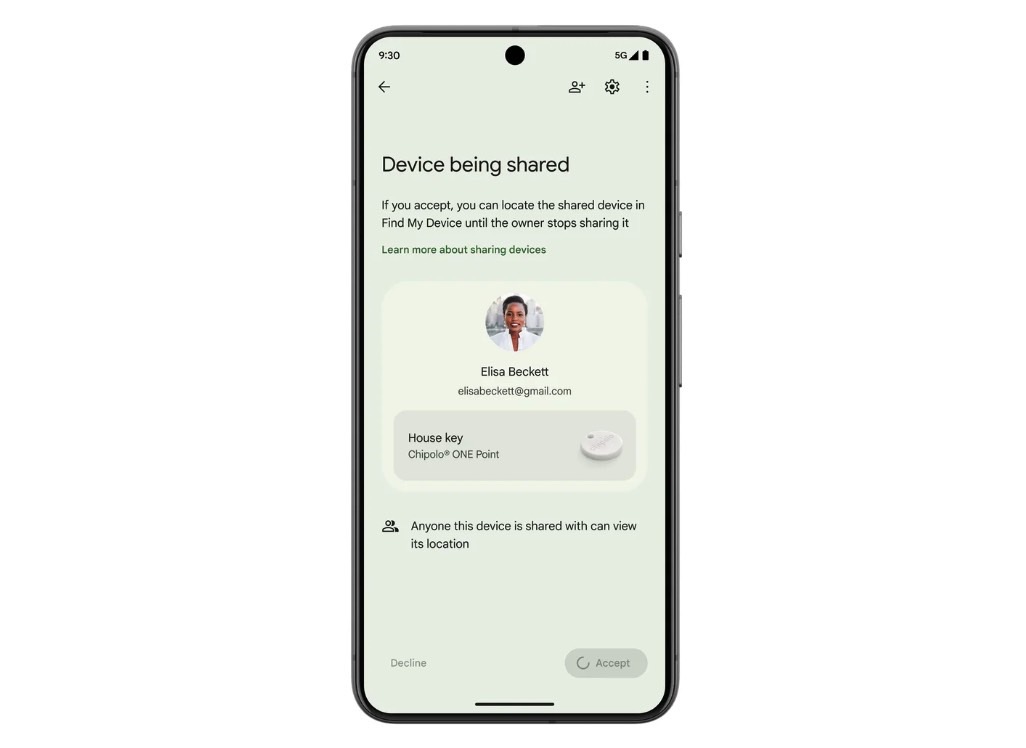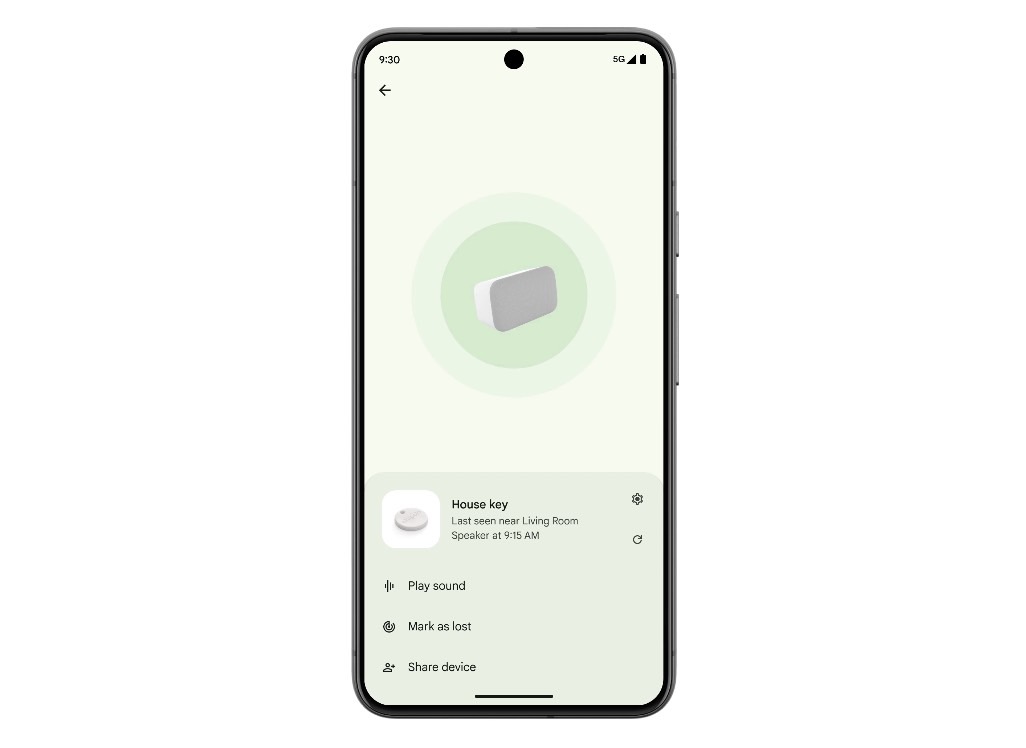Google confirmed a few days ago that its Find My Device network would go live on Android in a few days. The feature would allow users to harness the massive network of connected Android devices to find lost Android phones and tablets, as well as offline objects that are connected to Bluetooth trackers. Apple already implemented this functionality with AirTags a few years ago.
If you’ve been dying to get similar location control of your Android gadgets and offline devices, you’ll want to take advantage of Find My Device. You’ll also want to participate in the network by allowing your Android phone to anonymously and securely contribute location data to the network to help others retrieve their lost objects.
Google has also built safety protections to prevent malicious actors from tracking and stalking people. It has also worked with Apple to implement a standard that will prevent cross-platform stalking.
You’ll find everything you need to know about Find My Device on Android, which should explain why you should take advantage of the functionality.
Over 1 billion Android devices can help you find your keys
Say you lost your keys, which are connected to a Bluetooth tracker. The nearby Android phones will ping them via Bluetooth, and you’ll get the location of the keys as soon as a few Android devices have “met” them.
Over a billion Android devices worldwide will help you find your keys if the owners want to contribute data.
You can track everything
Before the network was launched, you could track your Android devices. But now that it’s available, you can attach Bluetooth tags to your wallet, keys, luggage, bike, car, and anything else.
Google doesn’t make its own trackers
Google won’t make any AirTag version of its own, but the company mentioned in a blog post all the trackers that will be compatible with Find My Device on Android.
Chipolo and Pebblebee will start selling their Bluetooth trackers in May. Eufy, Jio, Motorola, and others will launch similar products later this year.
Pixel 8 phones can be tracked even when the battery is out
Trackers will need to be powered on to work, of course. But you’ll be able to find some devices even when the battery is off. For example, Google’s Pixel 8 and Pixel 8 Pro will show up in the Find My Device app even when they’re turned off or the battery is dead.

You can find nearby objects
Sometimes, we lose the objects we need at home, such as car keys, wallets, and remotes. In those instances, the app has a “Find nearby” button that lets you find the missing objects.
Your Nest smart devices can also help you retrieve lost items at home.
Share tracked devices with others
You can also share Bluetooth-tracked devices with others, such as car keys, luggage, and other items that others in the home might use. Those users can track the shared devices when they’re misplaced.
Android users can opt out of the network
Like Apple’s Find My, the strength of Google’s network is in the numbers. Even if you don’t want to use trackers, you should still be a part of Find My Device on Android. Maybe your handset will help someone retrieve their lost belongings. But you can always choose not to participate.
Also, if your home address is saved in your Google Account, your Android device will not provide Find My Device network information while at home.

All location data is encrypted, and only device owners can see it
Say you lost your keys that have attached a Bluetooth tracker. You will find them with Find My Device, as the network of Android devices will get you the location information. But that data is end-to-end encrypted. Only you will see it.
Google doesn’t have access to the information. As for the Android device owners that helped you track your keys, they won’t even know it happened. And Google can’t tell who they are, either.
Find My Device works with aggregated data
Location data for your lost keys will come from multiple Android devices that pinged the Bluetooth tracker. It’s aggregated location data, and it’s a security feature.
If you find your keys with location data from your phone or a different object, say you’re still in the same place you lost them, Find My Device will use location data from your phone, discarding all other information.
Protections against stalking with Find My Device
Find My Device has algorithms in place to protect users against stalkers. Usually, lost objects are stationary unless someone steals them. Meanwhile, a stalker would try to use a tracker to locate their victim. They’ll also want to keep checking on their victim’s location.
Google explains in a separate blog post that it’s applying rate-limiting and throttling features to prevent stalking:
By applying rate limiting and throttling to reduce how often the location of a device is updated, the network continues to be helpful for finding items, like your lost checked baggage on a trip, while helping mitigate the risk of real-time tracking.

Your iPhone or Android device will tell you if you’re tracked
The best security feature that should prevent tracking concerns a new industry standard that prevents someone from tracking you using AirTags or Find My Device trackers. That means an iPhone user won’t be able to track the real-time location of an Android user with AirTags. That AirTag will ping the Android phone, telling the victim there’s an unknown tracker around them.
Similarly, an Android user won’t be able to track an iPhone user with a Bluetooth tracker built for Find My Device. The iPhone will warn them that a tracker is found nearby.
You need Android 9
Find My Device needs Android 9 or later to work. Google will release Android 15 this year, so the chances are that you’re already on a much newer Android OS. But if you still rock a rather old device, you’ll want to upgrade to something newer to use the Find My Device feature.
